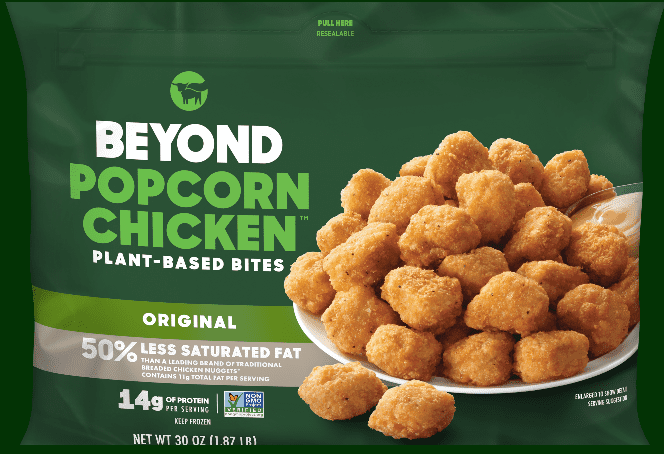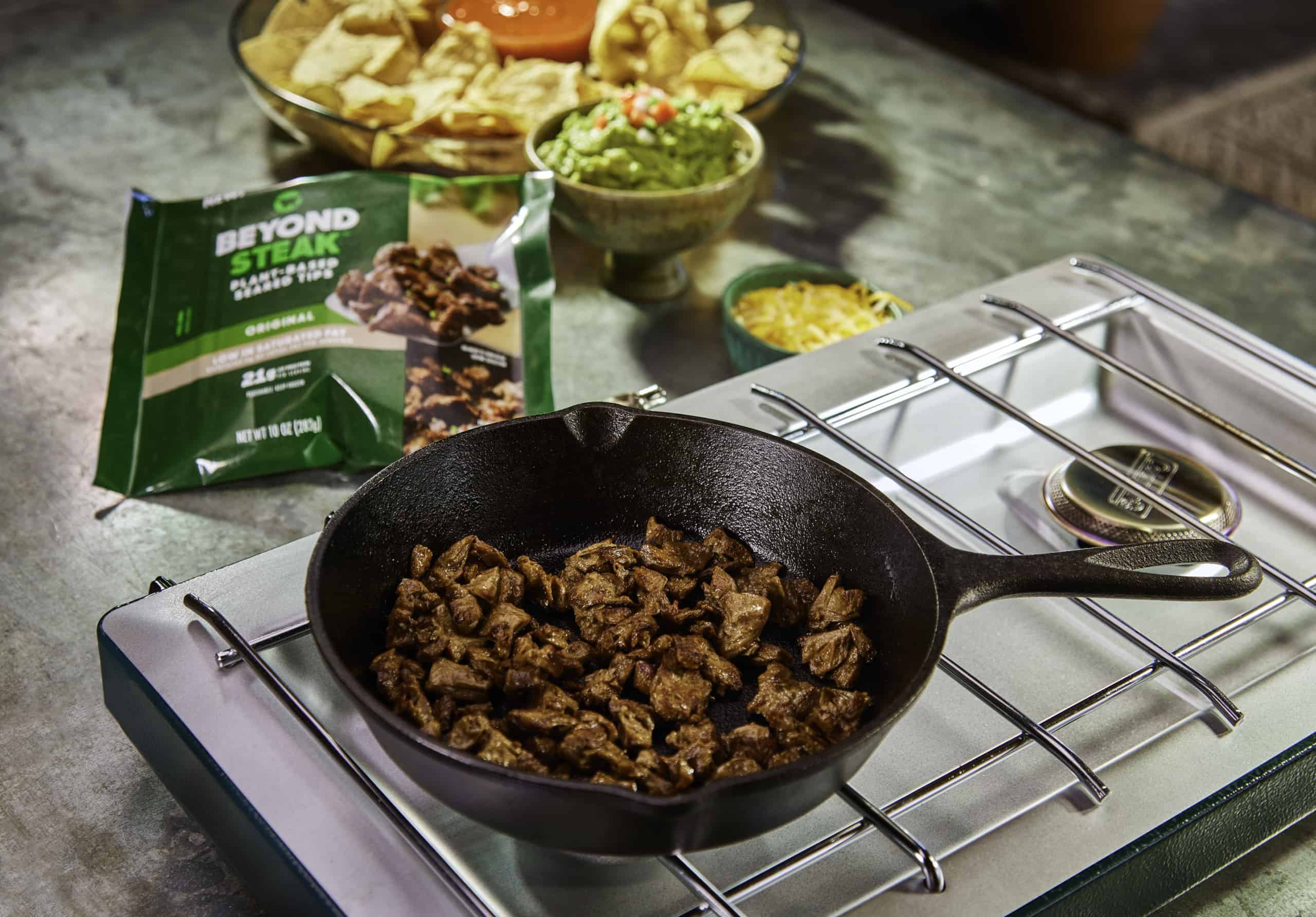Friday, Beyond Meat beat analysts’ expectations for its fourth-quarter results, narrowing its losses and reporting better-than-expected revenue. The news sent Beyond shares up 15% in after-market trading.
“We are transitioning our business… to one that prioritizes cash flow and sustainable long-term growth”
In an earnings call, Beyond Meet CEO Ethan Brown said that Q4 concluded a “[C]An unfortunate year for our business and segment, characterized by a continued high inflation and consumer turnover in protein, a slowing economy in key markets, and increased competitive activity.
In fact, the company reported a 21% decline in revenue and lower sales across “all channels,” including one A 17% drop in US grocery sales and a 30% drop in food service sales. International revenue also fell 19.9% compared to the same period a year ago.
Despite declining sales, Beyond successfully shrank losses and improved margins, beating many analysts’ predictions.
Due to a series of cost-cutting measures, Beyond Meat narrowed its loss to $66.9 million, or $1.05 a share, from $80.4 million, or $1.27 a share, a year earlier. Analysts had forecast a loss of more than $1.18 per share.
In addition, the company reported improved margins by 14%, with revenue of $79.9 million, better than analysts’ expectations of $75.7 million.

A three-pronged strategy
According to Brown, the company’s restructuring plan has reduced costs by about one-third. He also said the company is moving from a growth strategy to a focused one Conserve cash and reach profitability. “We are transitioning our business from an operating model that prioritizes growth above all, to one that prioritizes cash flow and sustainable long-term growth,” Brown said.
As it seeks to become cash flow-positive by the second half of 2023, Brown has revealed Beyond’s three-pronged strategy:
- Margin recovery and operating cost reductions, down from eight North American co-manufacturers to three in 2022, reduce exposure to underutilization or downtime penalties.
- Decrease in inventory.
- Targeted discounts and more focused marketing to specific consumer demographics, expanding the frozen range.

Value proposition
When asked why the company still hasn’t delivered enough benefits while focusing on discounts, Brown said: “The pricing programs we’re testing now, we’re seeing very good unit velocity response and some pretty solid revenue gains. We’re aligning our value with these types of messages for the right consumers in the right demographic.”
He added, “Instead of offering a blanket discount, we are looking at segments where the consumer is most interested in our value proposition. For people aged 40 and over, it tends to be around health messages… People who are younger, are much more receptive to climate messages.”

“I want to emphasize the transformation that is happening in Europe with consumers. If you look at Germany, in the last 10 years, there has been a significant reduction in animal protein consumption on a per capita basis,” he says, referring to McDonald’s recent launch of McPlant Burgers and plant-based McNuggets. “And I think that’s a very good direction for what we’re going to see at some point in the United States.”

